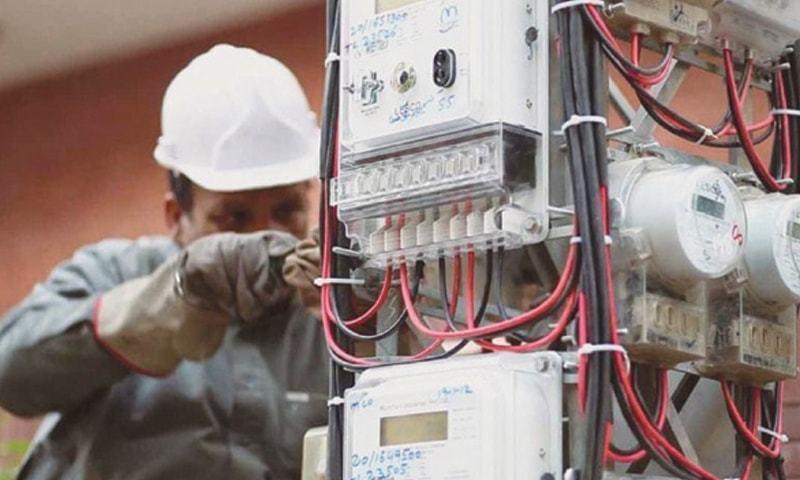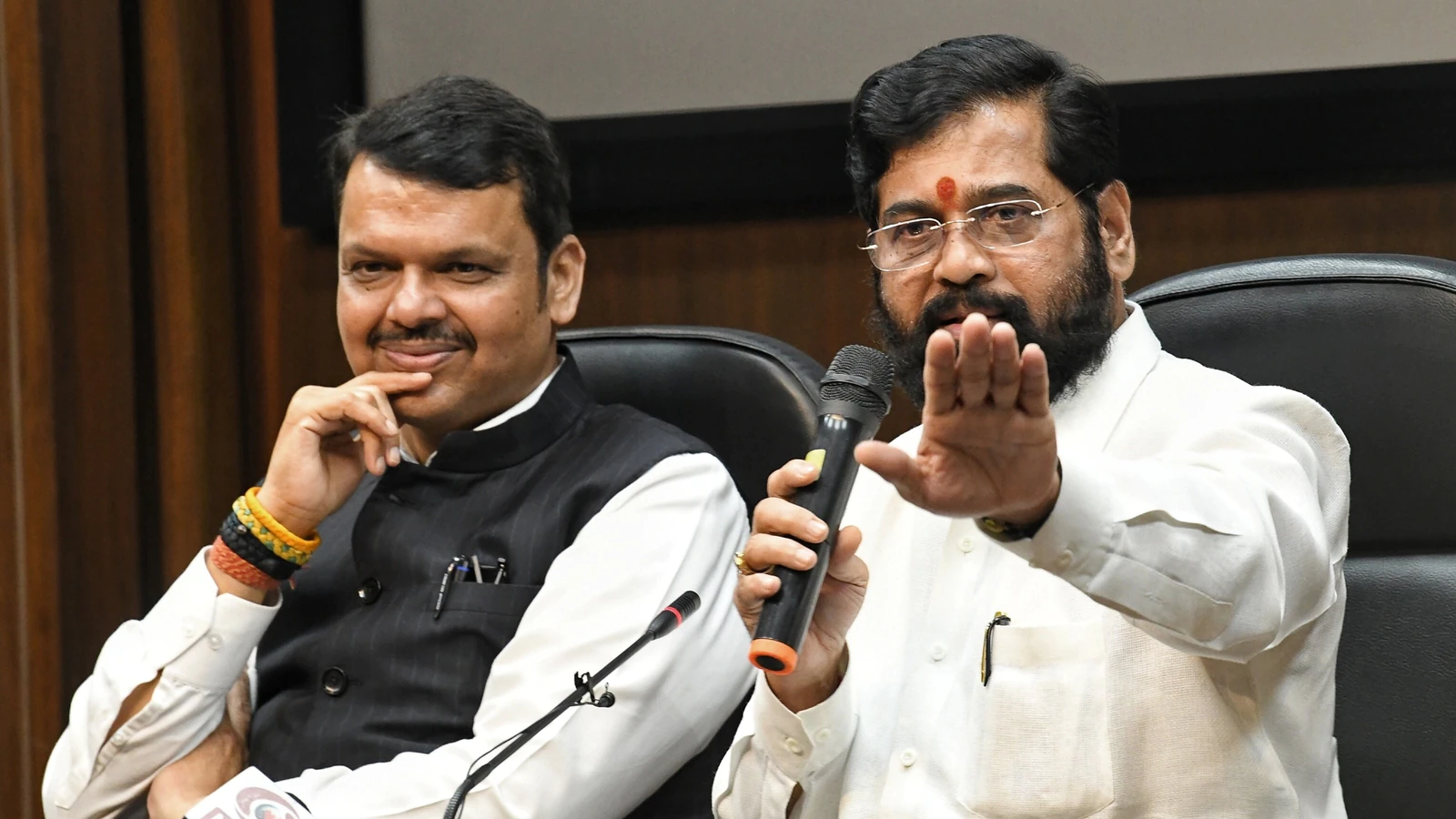Spanning across an area the size of 160 football fields, one of the world’s largest hydro-floating solar hybrid projects has launched its commercial operation at the end of October, marking a major step in Thailand’s planned reduction of its carbon footprint.
It is in the Sirindhorn Dam located in the northeastern Ubon Ratchathani province. The project combines the newly built floating solar farms and an existing hydropower plant, Xinhua news agency reported on Monday.
With over 144,000 floating solar panels installed on some 120 hectares of waters in a reservoir, the solar farms, built by the B. Grimm Power Public Company Ltd in Thailand and China Energy Engineering Corp., are expected to deliver up to 45 megawatt of power to the national grid.

Designed to generate electricity by both solar panels and dam turbines, the hybrid facility can prolong the continual period of power generation and reduce fluctuation and uncertainty that is typical for renewable energy relying on weather conditions.
According to the Electricity Generating Authority of Thailand (EGAT), the power generation comes from solar cells in the daytime and from hydropower at night or in peak periods, leading to a higher efficiency.
Thailand’s government has planned to increase the share of renewable energy in energy consumption to 35 per cent by 2037.
Following the success of the hybrid energy project, the EGAT has announced a plan to duplicate the pilot project for other 15 power plants nationwide, aiming to reach a total capacity of 2,725 megawatt set by the Southeast Asian country’s current power development plan.
Boonyanit Wongrukmit, Governor of the EGAT, said the hybrid project will enhance Thailand’s power system security and provide clean energy to help mitigate global warming.
According to the EGAT, environmental protection was taken into a careful consideration in the project implementation. Both the solar panels and the floating platform were integrated in an environment-friendly manner, with the solar panels installed at an angle, for example, to allow sufficient space to utilize sunlight for power generation without affecting the underwater environment.
This project acts as a model for expanding renewable energy security and as a learning centre for academia as well as the general public, provincial governor Sarit Witoon said.
The local government has also said it is planning to make the project also a tourist attraction and open it to visitors from early next year, in a move which it said will create more jobs, generate income for local residents, and stimulate the local economic growth.














